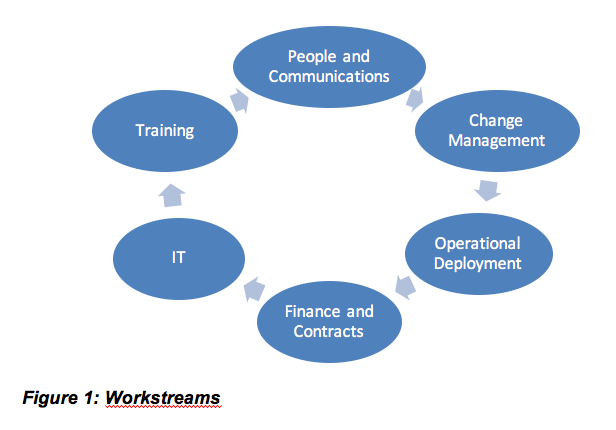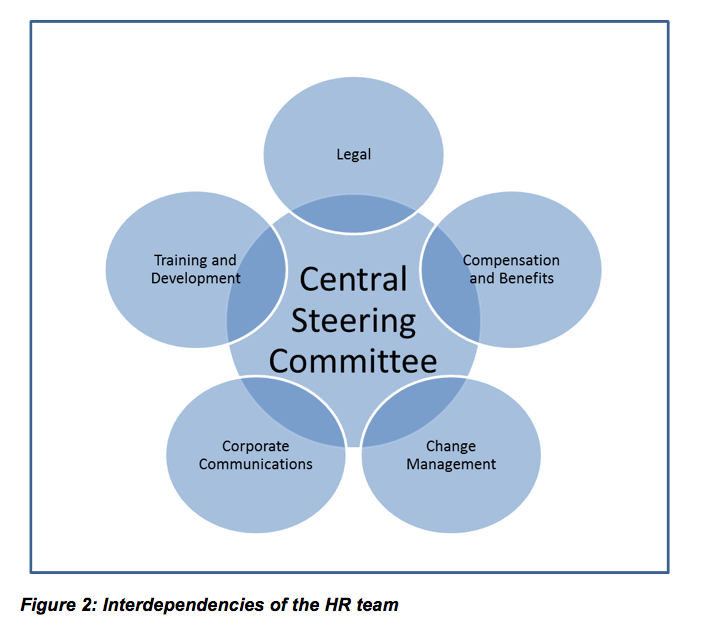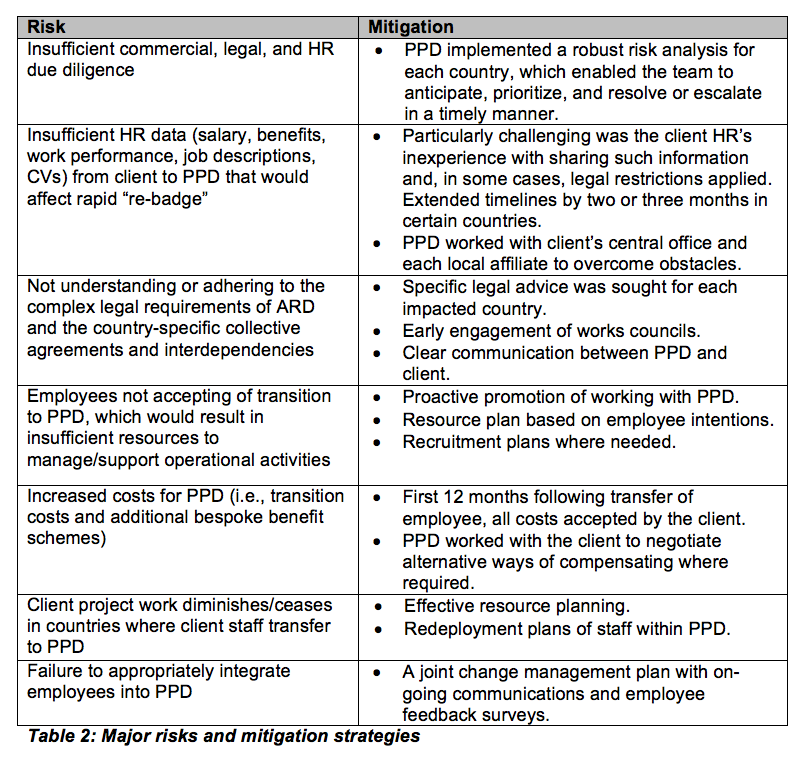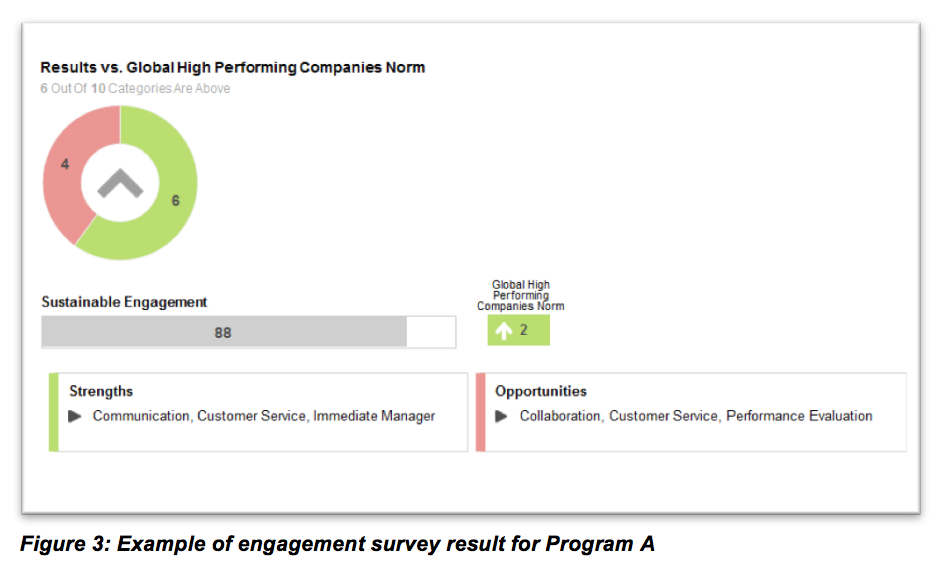Functional Service Partnerships: A Case Study for CRO Resource Management
A review of a recent FSP in which the CRO partner assumed clinical monitoring and site support responsibility for more than 50 ongoing trials.
Through its dedicated business unit, PPD® FSP, PPD has been involved in bespoke functional service partnerships (FSP) for more than 20 years, ranging from the very small, single protocol or product projects, to very large global projects spanning functions from lab programs through postmarketing safety and regulatory support.
This article reviews a recent FSP in which the client required PPD to assume clinical monitoring and site support responsibility for more than 50 ongoing clinical trials across 45 countries, and launch new studies, while simultaneously reducing the client’s annual operational spend by more than 20%.
Following the initial award, the client then requested that PPD implement the model a second time for a different business unit that operates in a very different clinical environment, with a separate management structure and unique workforce. PPD’s solutions included:
- Ensuring the smooth transition of ongoing clinical trials from the client to PPD and successful new study launches and execution
- Reducing the number of countries where our clients maintained operational staff and facilities
- Transferring and rehiring staff from the client to PPD, colloquially known as “rebadging,” thereby reducing or avoiding the redundancies or layoffs often associated with large-scale process improvement or reorganization efforts
In certain European Union (EU) countries, this “rebadging” meant acquiring the client’s employees based on existing terms and conditions of employment (EU Acquired Rights Directive [ARD][1]). In other countries, this meant the employees exited the client organization and PPD hired them on new contracts of employment-non ARD. Where necessary due to existing and proposed work, PPD could become responsible for the management of the client’s contingent workers.
Key topics include the planning and implementation of the projects, continued oversight, data on employee engagement and program success to date, as well as an overview of the key benefits to both parties.
Scope and process
A summary of the two programs can be seen in Table 1.

The initial award (Program A) was made to PPD in July 2015, with the second (Program B) awarded in January 2016. For each program, the first activity was a joint kickoff meeting held between PPD and the client at which the executive sponsors and key stakeholders agreed on the following:
- Goals of the partnership
- Joint workstreams required
- Key requirements and milestones
- Key performance indicators (KPI), both for the transition activities as well as ongoing operational delivery
- Governance, with agreed escalation pathways to project and stakeholder management
- Risk management
Following the kickoff meetings and through close collaboration with the client, the HR, and local legal information gathering process, regarding the staff and the countries involved commenced. Obtaining this information enabled joint PPD-client HR project plans to be put together, whose timelines and deliverables were linked to the overall operational plan.
The second stage involved setting up a number of joint workstreams to cover all aspects of the project (Figure 1). The purpose of the workstreams was to collaboratively agree and document the process in the

joint operations handbook from implementation through to ongoing operational delivery.
All workstreams were accountable to the PPD-client joint executive sponsors. It was essential that these workstreams collaborated closely with each other due to the interdependencies of certain activities and the necessity to adhere to local requirements from an operational, legal, financial, and people perspective. These workstreams had specific objectives and reflected the major aspects of program startup and ongoing maintenance. The workstreams created country-specific plans and processes that took into account local operational milestones as well as legal compliance. For the purposes of this article, we will focus in detail on the activities of the people and communications workstream.
[1] Council Directive 2001/23/EC on the approximation of the laws of the member states relating to the safeguarding of employees’ rights in the event of transfer of undertakings, businesses or parts of undertakings or businesses. Also known as the Acquired Rights Directive.
People and communications workstream
The objectives of this human resources (HR) workstream were:
- The smooth and timely transition of the client’s employees to PPD, in compliance with all applicable national legislation and any relevant client collective agreements or established policies/practices
- Maintain client business continuity for ongoing and newly launched clinical trials during all activities
- Achieve a better than 75% take-up of employee transition to PPD and the attraction to PPD of existing contingent resources
- Retain current key skills/talent
While the HR team consisted of a central steering committee that was comprised of the core decision-makers, there were wider sub-workstreams consisting of representatives from legal, compensation and benefits, change management, corporate communications, and training and development (Figure 2). A large and diverse team was required as all stakeholders were closely involved in key “people” decisions and were able to provide their individual expertise in a coordinated effort.
One of the key deliverables for the HR team was to produce a detailed joint project plan of all HR activities

both before and after the announcement, which would frame other operational activities thereafter by providing the legal parameters under which the transfer of staff could take place. Alongside this, a joint communication and engagement strategy plan was established in order to ensure early engagement with impacted employees immediately following the announcement within the client organization.
In addition, PPD’s local line management was given special coaching and mentoring on how to achieve the successful, timely transition and onboarding of the client staff, and how to manage the emotions associated with change. These proactive approaches helped minimize any local issues and facilitated the rapid development of employee-manager relationship, which resulted in high retention rates.
It was imperative that the HR team worked closely with the operational deployment team to ensure that timelines for HR activities and the transfer of staff were in line with the operational timelines for study transfer in each country. As such, the country-specific plans with transition timelines took into account individual in-country consultation periods with impacted employees. There were a total of 25 country plans for Program A and another 22 for Program B, for 118 staff total.
ARD countries
Under the EU ARD, when there is a transfer of undertakings or business from one employer (client) to another (PPD), then there may be a legal requirement that the employee has the right to transfer with the work. ARD provides certain protections for the employees involved. As such, employees transferred from the client where this directive was applicable by law had their terms and conditions of employment protected upon transfer to PPD. Therefore, PPD effectively took a “lift and shift” approach to these EU employees. Specific consultation requirements had to be complied with in these countries, following the initial announcements for both programs.
Employees in these ARD countries were provided with further reassurance that their terms and conditions would remain unchanged upon their transfer to PPD, both during the initial announcement and in follow-up meetings that took place within two weeks.
Non-ARD countries
For the non-ARD countries-where from a legal perspective the staff are terminated from the client but immediately hired by PPD to continue performing their same tasks-timely communication was paramount in order to immediately reassure and engage them, as well as to provide them with an insight into PPD and the opportunities they could expect. This was made possible by a series of country visits where the PPD and client executive sponsors met with employees by way of town hall and one-to-one meetings to explain the program and how it would affect them. At the time of the announcement it was noted that the client’s employees, although surprised by the announcement of the partnership, were looking forward to the opportunities that lay ahead for them with PPD. This is testimony to the carefully constructed and professionally executed communication and engagement strategy, as well as the competitive offers PPD rapidly provided and the protection of terms and conditions of employment where applicable. Feedback was extremely positive following these visits and employees were appreciative of the opportunity to have their concerns addressed immediately in one-to-one sessions. These initial country visits then were followed by further meetings within two weeks with their local PPD line manager and HR representative, again on a one-to-one basis.
During these meetings, employees were provided with details of the role offered by PPD along with compensation and benefits packages and an opportunity to meet the management. For both ARD and non-ARD countries, the goal was to have the client staff or contingent workers close out work on a Friday and then return to the same work on the following Monday, with the only significant difference being that PPD would be issuing their paychecks.
Risk management
A program of this nature and complexity is not without its risks. In order to plan for and mitigate such risks, a joint risk register was maintained between PPD and the client. Table 2 illustrates several of the major risks, along with the agreed mitigation strategies.

Results
In order to assess results for the affected employees, we administered an employee engagement survey in the first year, followed by smaller “pulse” surveys thereafter. The surveys addressed the employees’ experience with:
- Sustainable engagement
- Leadership and direction
- Communication
- Customer service
- Empowerment
- Collaboration
- Immediate manager
- Performance evaluation
- Training and development
- Intention to stay
Overall scores were around 80%, where anything above 75% is seen as positive. In all, six of 10 categories performed above industry standards as measured by Willis Towers Watson, the independent consulting firm, while the remaining four were in line with the standards. Moreover, employee retention was at 97% after six months, reinforcing the high “intent to stay” metrics from the surveys.

As for the client’s results, both projects are now in their second year and have achieved all their milestones on time and within budget.
Examples of some of the metrics and milestones for both programs include:
- PPD became the sole provider for insourced trials with ring-fenced/dedicated staff
- 97% retention rate after six months
- PPD FSP enabled the client to consolidate more than 130 different contingency contracts into a single contract, thereby reducing the client’s associated support costs
- Study transfers fully implemented in less than nine months as per original timelines.
- Transferred 118 client employees
- (Re)hired 138 former contingency workers
- Employee engagement scores better than 80% within the first year
- Provided 415 new resources for both projects to date (includes 114 existing PPD resources and new hires)
- Continued more than 50 ongoing clinical trials across more than 50 countries and launched more than 12 new studies without interruption
Conclusion
The key benefits to the client were:
- PPD FSP solution offered business continuity
- Simpler operating model resulted in an oversight structure that is more flexible and efficient
- Avoided redundancy costs since employees were transferred
- Eliminated client’s responsibility for resource management and stability
- Shifted long-term financial burden from fixed to variable
The key benefits to PPD were:
- Became the sole provider for resourcing the client’s projects
- Acquired experienced and proven people with minimal recruitment costs
- Established long-term partnership that enables incentivizing innovation leading to efficiencies in process and oversight
It is important to note that staff transfers do not always make sense for clients, much less CROs. However, in this case, the process drove a “win, win, win” result in that it has: allowed the client to maintain business continuity while reducing costs; enabled the client’s staff to avoid redundancies; and given PPD better and more direct access to top industry talent.
Ranjit Bains is Senior Human Resources Manager; Timothy King, DrPH, is Senior Director, Global Functional Services Partnerships; Denise Moody is Senior Director, Global Functional Services Partnerships; all with PPD
The Misinformation Maze: Navigating Public Health in the Digital Age
March 11th 2025Jennifer Butler, chief commercial officer of Pleio, discusses misinformation's threat to public health, where patients are turning for trustworthy health information, the industry's pivot to peer-to-patient strategies to educate patients, and more.
Navigating Distrust: Pharma in the Age of Social Media
February 18th 2025Ian Baer, Founder and CEO of Sooth, discusses how the growing distrust in social media will impact industry marketing strategies and the relationships between pharmaceutical companies and the patients they aim to serve. He also explains dark social, how to combat misinformation, closing the trust gap, and more.